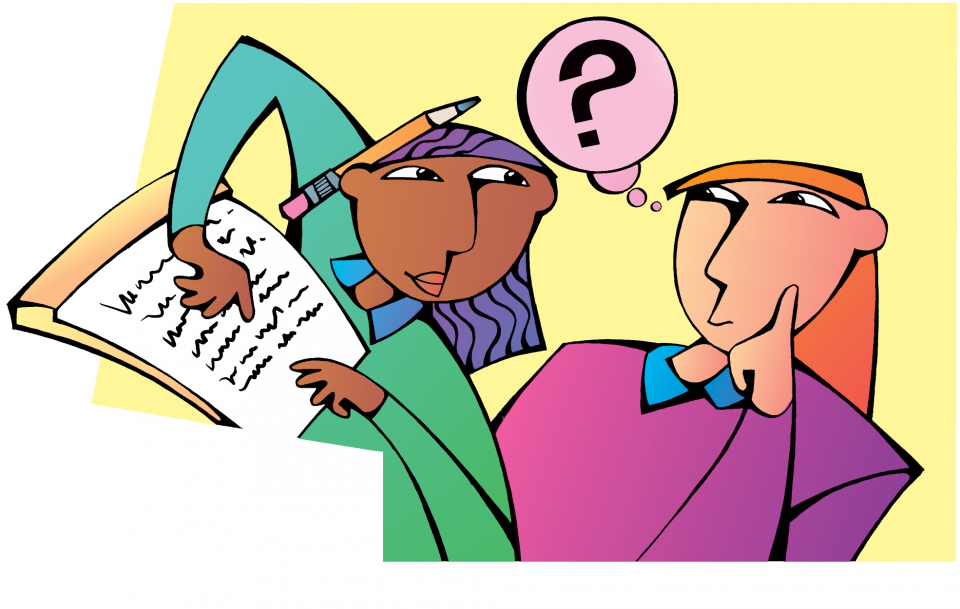
Do your reading discussions ever feel a little stale? Are the same talkative students the only ones responding? Are you doing most of the talking?
Thankfully, whole-class discussion is not the only way students can converse about reading.
When your class gets in a discussion rut, have students work on text rendering.
What is text rendering?
Text rendering is the practice of picking out, sharing, and reacting to a short section from a reading. At a basic level, the process asks students to do the following:
- Revisit a common reading text.
- Identify a short passage, quotation, or sentence of interest.
- Share and respond to the selection orally and/or in writing.
With text rendering, every student participates: listening, reading, re-reading, annotating, sharing, and responding.
How can I use text rendering?
Try these text rendering activities to spark engagement, comprehension, and conversation.
“Inside/Outside” Text Rendering
This whole-class activity asks students to identify and share sentences that pull them into and out of a reading. Have students follow these steps:
- Take out your recent reading assignment. (Note: This selection should be something you have already read.)
- Review the reading.
- Choose a sentence that pulls you into the reading. A sentence that "pulls you in" may capture your attention, take you by surprise, reveal something important, sound poetic or beautiful, make you laugh, or influence you to keep on reading.
- Taking turns with your classmates, read your sentence aloud. Read slowly so that others can process the passage.
- Repeat the process, but this time select one sentence that draws you out of the reading. A sentence that "draws you out" takes your mind elsewhere. It may spark a personal memory, remind you of something else you’ve read, confuse you, distract you, and so on.
Teacher Note: Participate in the activity with your students. After finishing the read aloud, you could have students freewrite about the experience, focusing on what they now understand about the reading.
Jamboard Text Rendering
In this small-group activity, students use Google Jamboard (or a large piece of paper) to record a short passage from a reading, respond to it, and respond to their partners’ responses. Place students in groups of three or four. If they are working digitally, have them create a new Jamboard on their tablet or other device. Then have them follow this process:
- Take out your recent reading assignment. (Note: This selection should be something you have already read.)
- From the reading, pick a sentence that draws your attention, and record it word-for-word in the middle of your Jamboard. Place quotation marks around the sentence and cite the page number.
- Find an open space on your Jamboard and freewrite your reaction to the sentence. Why did you choose it? What makes it interesting or important? End your response with at least one question you have about the sentence. Draw an arrow connecting the passage to your response.
- Share your Jamboard with a groupmate. (If you are working on paper, pass the paper to the right.)
- Review another group member’s Jamboard while someone else reviews yours.
- Read the partner’s sentence selection, response, and question.
- Find an empty space on the partner's Jamboard and respond to the question.
- End your response with a question, and draw an arrow connecting your response to the previous one.
- Share the Jamboard with the next group member.
- Repeat the process until each group member has responded to your Jamboard and you have responded to theirs.

Teacher Note: This text-rendering activity can work online or on paper. However, we recommend Jamboards or large poster paper because they offer adequate space for responses and create a cool visual record.
3-2-1 Text Rendering
In this small-group activity, students consider the main idea of a text through listening, reading, annotating, and sharing. Have students follow this process:
- Listen closely as a group member reads the text aloud.
- Now read the text on your own. Note sentences that you think represent the main point of the text.
- Return to the reading and annotate for the main idea:
- Highlight one sentence that represents the main idea.
- Underline two phrases that represent the main idea.
- Circle three words that represent the main idea.
- Read aloud your selections to your group.
- Listen to group members' selections, noting similarities and differences to your own.
- Discuss your choices with your group.
Teacher Note: Rather than work in small groups, students could also read their annotations to the whole class or to a partner. This 3-2-1 activity helps readers of all skill levels look for the main point and practice reading short passages in front of a group.
How does text rendering help students?
All three text rendering activities are low-stakes, but the payoffs are big: Everyone participates. No one dominates the conversation. Each student gains experience with active reading strategies—listening, reading, re-reading, annotating, sharing, and responding.